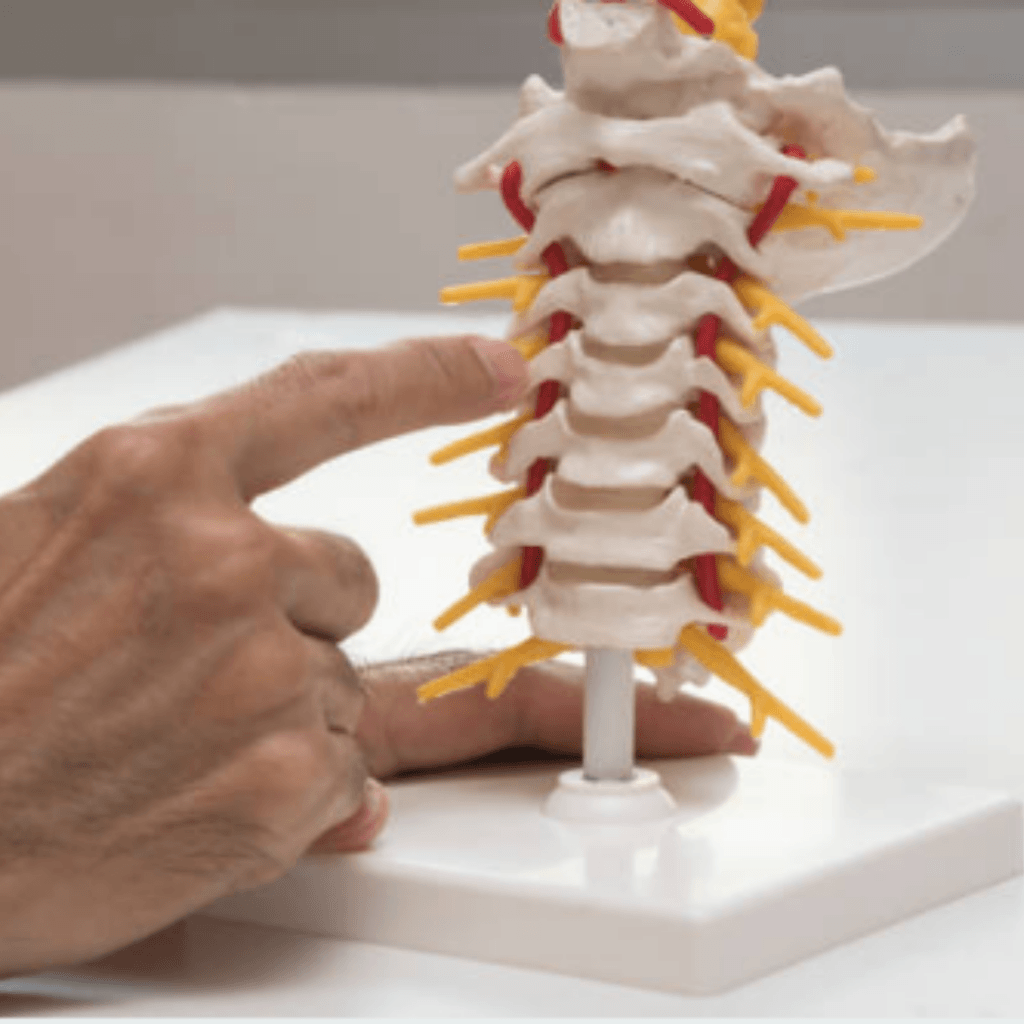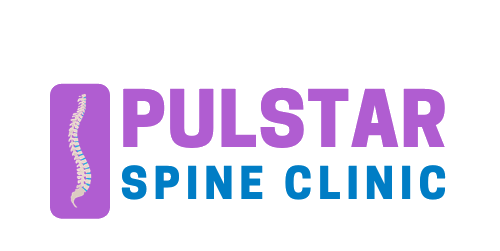
Spinal Canal Stenosis
The term stenosis refers to narrowing of the body channel that occurs abnormally, hence, Spinal Stenosis can be defined as a narrowing of the born channel that is occupied by the spinal cord or the spinal nerve. Most often, this condition occurs in the lower backend and the neck. The narrowing of these channels may result in pressure on the nerves through the spine
Spinal Canal Stenosis - Causes & Symptoms
Get Treatment in Bangalore
Types of Spinal Stenosis
There are two types of Spinal Stenosis which are categorized according to the part of the body of the part of the spinal code where this condition affects. Whoever, it may be still possible to have more than two types of this condition through the two common types are:
Cervical Stenosis
With Cervical stenosis, the narrowing of the spinal cord will occur around the neck of the patient but on the spine.
Lumbar Stenosis
When this condition occurs in the body, it results in a narrowing of the lower back along the spine, and it is known to be the most common spinal stenosis.
Causes of Spinal Stenosis
The spine is the main backbone of all vertebrates. A human being is a vertebrate. This borne runs from the neck to the lower back. Within the backbone, a canal known as the spinal canal is formed, and its main function is to protect the spinal cord or the spinal nerves.
Some people may be born with the small spinal canal, although in most cases, people may suffer from Spinal stenosis as a result of something that happens to narrow the open space within the spine.
The following are the most common known causes of the spinal stenosis:
Spinal Injuries
Spinal injuries such as the dislocation or fracture of one or more vertebrae may result from car accidents and other trauma hence the displaced bones from the spinal fracture may interfere with the contents of the spinal canal and even damaging the spine.
Thickened Ligaments
Ligaments are the tough cords that assist in holding together the bones of the spine. With time, these cords may become stiff and thickened. They can then bulge into the spinal canal.
Herniated disks
These are the soft cushions whose main function is to absorb shock from the vertebrae. These cushions may tend to dry out with age. Their dryness may result in cracks in a disk’s exterior and allow some of the inner soft materials to escape through these cracks and press on the spinal cord or nerves.
Tumors
It is very possible for abnormal growth to take place inside the spinal cord or within the membranes of the spinal cord and even in the space that exists between the spinal cord and vertebrae. Such growths are very uncommon and are identifiable in the spinal code imaging with CT or MRI.
Choosing Our Clinic, Choose The Best Care For You
Symptoms of Spinal Stenosis
When MRI or CT scan is conducted on individuals, there may be some evidence of spinal stenosis but symptoms may not be vivid. When the symptoms occur, often, they will start gradually and get worse with time. The symptoms will be different and this will depend on the location on the stenosis within the spine and the type of the nerves that are affected by this condition.
For instance, in the lower back (lumbar spine), the following symptoms may be evidenced:
Back pain
- Weakness in a foot or leg
- Numbness or tingling in a foot or leg
- Pain or cramping may be experienced in one or both legs.
- This is common when one stands for an extended period or takes too long walks. The pain tends to subside as you bend to the front or sit down.
While in the neck (Cervical spine) one would experience the following symptoms:
Neck pain
- Weakness in foot or leg, hands or arm
- Walking and balancing becomes a problem
- Bowel or bladder dysfunction in severe cases
- Numbness or tingling in foot or leg, hands or arm.
Request a Callback
Choosing Our Clinic, Choose The Best Care For You
Treatment Options for Spinal Stenosis
Treatment of spinal stenosis normally depends on the severity of signs and symptoms and the affected location. The following are treatment options preferred by different patients:
Medication
The use of pain relievers such as antidepressants, opioids, anti-seizure drugs, and other relevant painkillers
Physical Therapy
This involves exercises that are helpful when it comes to building up your strength and endurance, improving the body balance and maintaining the flexibility of the body and stability of the spine.
Steroid Injection
Surgery e.g. Laminectomy, Laminotomy, Laminoplasty, and Minimally invasive surgery.
Treating Spinal Stenosis
We, at Pulstar Spine Clinic, have treated hundreds of patients suffering from spinal stenosis using chiropractic ways. Our spine specialists are well experienced to accurately assess your condition and with our non-invasive approaches, bringing a complete relief is our mission.
Use the below form to contact us for an appointment at our clinic in Bangalore.

